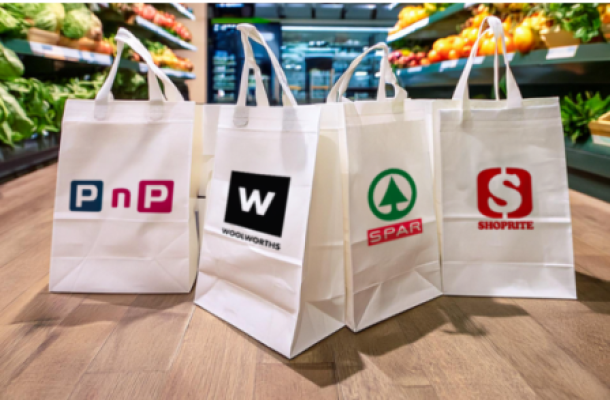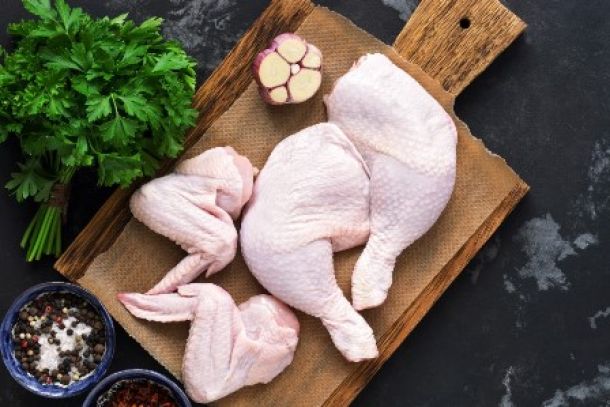According to a Nielsen study, South African "modern trade" shoppers who also use spaza shops grew from 45% in 2015 to 53% in 2016. Nielsen serves marketers keen to reach African consumers in niche and mass markets.
"Even though spend is still higher in modern trade, there is strong sales growth coming through in traditional trade outlets," says Nielsen consumer insights director Esti Prinsloo.
SA has 2,500 modern trade outlets, including supermarkets, and 140,000 traditional trade outlets, including spaza shops. This contributed to annual retail sales of R316.5bn to March 2017. Traditional trade in urban and rural areas accounted for 22.3% of this, or R70.5bn.






